Good Design Can Decrease Burnout
Most large hospitals are architectural labyrinths, with departments often separated by floors or even buildings. Better design can improve care coordination, treatment and collegiality, thereby reducing burnout and promoting collaboration. Intentionally designed buildings use space to bring specialists from related areas together.
NURSES WHOSE BREAK ROOMS HAD VIEWS OF THE OUTDOORS
-
18%
LESS STRESS
-
26%
LESS EMOTIONAL EXHAUSTION
-
40%
LESS DEHUMANIZATION
I walk out of my neurosurgery operating room and I’m interacting with a cardiologist. The next turn is a radiologist. The next turn is a vascular surgeon. … We’re able to have coffee and lunch together. … We hang out. We solve problems collaboratively, and this improves staff morale and the medical care of patients.
Adnan H. Siddiqui, MD, PhD
CEO and Chief Medical Officer, Jacobs Institute; Professor and Vice Chairman of Neurosurgery, Jacobs School of Medicine and Biomedical Sciences
A LIGHT AT THE END OF THE TUNNEL
-
01
In a recent Texas Tech study, nurses whose break rooms had windows with views of the outdoors reported 18% less stress, 26% less emotional exhaustion and 40% less dehumanization (“feeling like a robot”) compared with those whose break rooms had no windows.
-
02
A SUNY Upstate Medical University study showed that simply opening shades in a work area reduced emotional exhaustion by 25% and dehumanization by 33%.
-
03
The building that houses the Jacobs School of Medicine and Biomedical Sciences opened in 2017 and features an open six-story light-filled atrium that fosters interaction among physicians, innovation and a strong sense of community.
-
04
The choice of location of new healthcare facilities communicates which groups are being served. The Jacobs School of Medicine’s location in downtown Buffalo puts it within walking distance of a traditionally underserved population in the predominantly lower-middle-income Allentown neighborhood.
